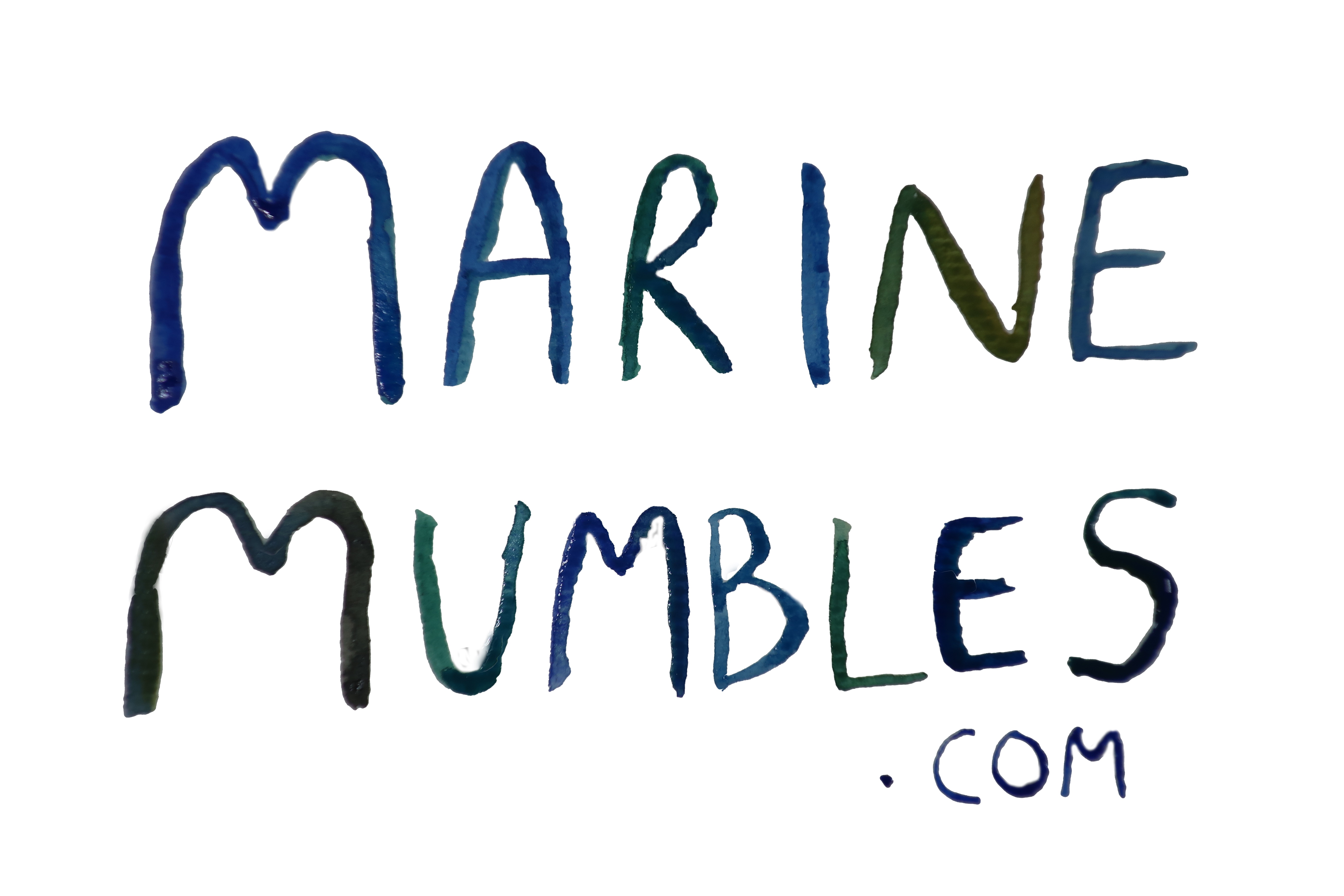Brace yourselves, if you’ve read any of my other posts and think they personify species too much then your going to want to stop reading now, because the devil crab is my ABSOLUTE FAVOURITE SPECIES and this will pretty much be a personified ode to their brilliance! Buckle up…
Now all crabs in general are amazing, I find the behavioural differences between some species fascinating, in fact (subtle cough) I wrote an article about it for New Nature (link here) explaining just that. So I won’t go to much about other crabs behaviour but the behaviour of the devil crab is really what makes it a stand out rocky shore species. Imagine anger, yep anger like the character in ‘Inside Out’ or ‘Hulk’ or a ‘Real Housewife’ after a few too many drinks that’s found out someone spoke about their husband. Now multiply that anger by 100, and contain it in a small moving vessel with claws. Now this ‘vessel’ is unable to do real damage because of its size to anything bigger than a crustacean, but what it really wants to do is take on a (sea) lion, and this makes it even angrier. Now this sets the scene for how this ‘vessel’ becomes a devil crab, and how a devil crab becomes my favourite species.
It small, its angry and it wants to show the world. If you find this crab on the shore it will 100% (unless its freshly moulted) try to attack and annihilate you. If it can, it will try to get your fingers and it will bloody hurt! We should be thankful they are not bigger, although that might be one of my three wishes if I ever encountered a genie… hmmm. Now if you encounter one of these crabs you can pick them up carefully, if you hold the crab by the points of the shell carefully it can’t hurt you (like the below picture, though that’s not a devil crab). But if your nervous holding crabs I wouldn’t recommend it as there likely to try nip you, and you don’t want to drop the crab and hurt them so maybe watching for afar is best. But if you do want to find this little bundle of energy you’ll find them hidden under rocks and in seaweeds throughout most of the country rocky shores, so keep an eye out!
These crabs are however super easy to spot compared to the other common crab species on the coast, because their eyes are bright red. I know, just when you didn’t think this species could get any cooler it did. It also has a lovely blue pattern on its legs. The other difference you’ll notice is the back legs of the crab are flattened compared to other crab species, this is because it classed as a swimming crab. Although this species sits halfway between a full on swimming crab and a shore crab, it has the ability to swim a lot better than other crabs which is important for getting around the shore when the tides in. But much like the other shore crabs their diet is mainly the same, they feed on a variety of things such as crustaceans and seaweeds. Again check out my article linked above to see how all these species get along on the shore if they feed on the same thing!
So hopefully from this article you’ve found learnt about this awesome species and learnt that for some ‘unknown’ reason I can strongly relate to small angry creatures… They are shockingly not as common as a common shore crab, or even an edible crab, but I wouldn’t mind betting you will eventually bump into this species when rock pooling oneway, so at least now you know what you’ve let yourself in for! Also, hopefully you’ve checked out the NewNature magazine which post amazing article every month written by young naturalists, so you’ve also found another thing to read other than my weekly posts!
Tweet me your Devil Crab encounters, or any other small and mighty species you love @marinemumbles and follow me on Instagram too see all my illustrations and photos of my coastal travels!
Happy Rockpooling!!


